Ditapis dengan
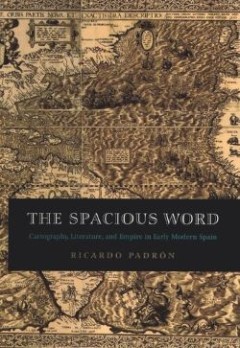
The Spacious Word: Cartography, Literature, and Empire in Early Modern Spain
The Spacious Word explores the history of Iberian expansion into the Americas as seen through maps and cartographic literature, and considers the relationship between early Spanish ideas of the world and the origins of European colonialism. Spanish mapmakers and writers, as Padrón shows, clung to a much older idea of space that was based on the itineraries of travel narratives and medieval nav…
- Edisi
- -
- ISBN/ISSN
- 978-0226821191
- Deskripsi Fisik
- 303 hlm.
- Judul Seri
- -
- No. Panggil
- 526.0946 Pad s
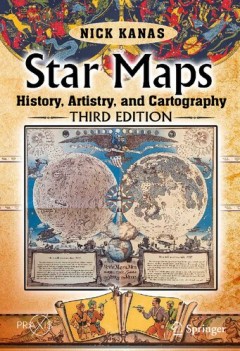
Star Maps : History, Artistry, and Cartography
Explore the beauty and awe of the heavens through the rich celestial prints and star atlases offered in this third edition book. The author traces the development of celestial cartography from ancient to modern times, describes the relationships between different star maps and atlases, and relates these notions to our changing ideas about humanity’s place in the universe. Also covered in this…
- Edisi
- -
- ISBN/ISSN
- 978-3-030-13612-3
- Deskripsi Fisik
- 599 Hlm.
- Judul Seri
- -
- No. Panggil
- 526 Kan s
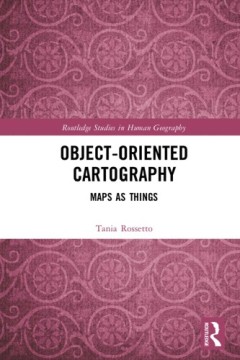
Object-Oriented Cartography : Maps as Things
Object-Oriented Cartographyprovides an innovative perspective on the changing nature of maps and cartographic study. Through a renewed theoretical reading of contemporary cartography, this book acknowledges the shifted interest from cartographic representation to mapping practice and proposes an alternative consideration of the 'thingness' of maps. Rather than asking how maps map onto realit…
- Edisi
- -
- ISBN/ISSN
- 978-0-429-43744-1
- Deskripsi Fisik
- 162 Hlm.
- Judul Seri
- -
- No. Panggil
- 526 Ros o
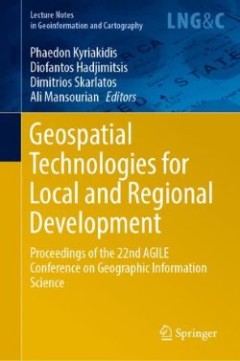
Geospatial Technologies for Local and Regional Development: Proceedings of th…
This book includes the full research papers accepted by the scientific programme committee for the 22nd AGILE Conference on Geographic Information Science, held in June 2019 at Cyprus University of Technology, Limassol, Cyprus. It is intended primarily for professionals and researchers in geographic information science, as well as those in related fields in which geoinformation application play…
- Edisi
- -
- ISBN/ISSN
- 978-3-030-14745-7
- Deskripsi Fisik
- 365 hlm.
- Judul Seri
- -
- No. Panggil
- 526 Geo
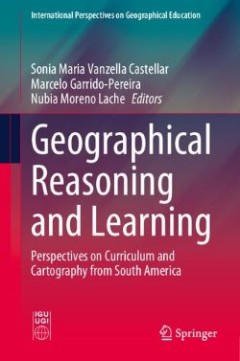
Geographical Reasoning and Learning: Perspectives on Curriculum and Cartograp…
This book presents the distinctive theoretical and methodological approaches in geography education in South America and more specifically in Brazil, Chile and Colombia. It highlights cartography and maps as essential tools and provides a meaningful approach to learning in geographical education, thereby giving children and young people the opportunity to better understand their situations, con…
- Edisi
- -
- ISBN/ISSN
- 978-3-030-79847-5
- Deskripsi Fisik
- 372 hlm.
- Judul Seri
- -
- No. Panggil
- 372.374 Cas g
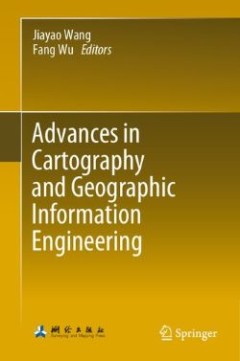
Advances in Cartography and Geographic Information Engineering
This book reviews and summarizes the development and achievement in cartography and geographic information engineering in China over the past 60 years after the founding of the People's Republic of China. It comprehensively reflects cartography, as a traditional discipline, has almost the same long history with the world's first culture and has experienced extraordinary and great changes. The b…
- Edisi
- -
- ISBN/ISSN
- 978-981-16-0614-4
- Deskripsi Fisik
- 646 hlm.
- Judul Seri
- -
- No. Panggil
- 526 Jia a

Cartography between Christian Europe and the Arabic-Islamic World, 1100-1500:…
Medieval Christian European and Arabic-Islamic cultures are both notable for the wealth and diversity of their geographical literature, yet to date there has been relatively little attempt to compare medieval Christian and Islamic mapping traditions in a detailed manner. Cartography between Christian Europe and the Arabic-Islamic World offers a timely assessment of the level of interaction betw…
- Edisi
- -
- ISBN/ISSN
- 978-90-04-44603-8
- Deskripsi Fisik
- 247 hlm.
- Judul Seri
- -
- No. Panggil
- 911.936 Hia c
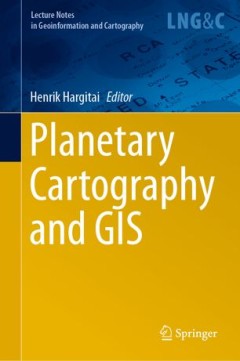
Planetary Cartography and GIS
This book approaches geological, geomorphological and topographical mapping from the point in the workflow at which science-ready datasets are available. Though there have been many individual projects on dynamic maps and online GISs, in which coding and data processing are given precedence over cartographic principles, cartography is more than “just” processing and displaying spatial data.…
- Edisi
- -
- ISBN/ISSN
- 978-3-319-62848-6
- Deskripsi Fisik
- 351 Hlm.
- Judul Seri
- -
- No. Panggil
- 526 Har p
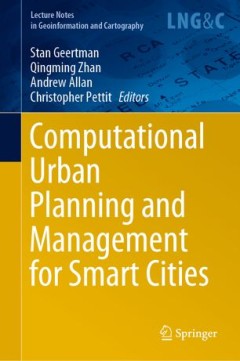
Computational Urban Planning and Management for Smart Cities
This book contains a selection of the best articles presented at the CUPUM (Computational Urban Planning and Urban Management) conference, held in the second week of July 2019 at the University of Wuhan, China. The chapters included were selected based on a double-blind review process involving external reviewers.
- Edisi
- -
- ISBN/ISSN
- 978-3-030-19424-6
- Deskripsi Fisik
- 506 Hlm.
- Judul Seri
- -
- No. Panggil
- 526 Gee c
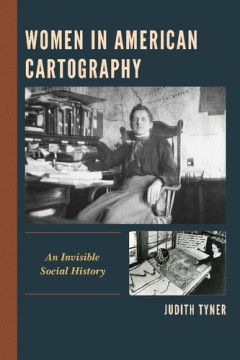
Women in American Cartography : An Invisible Social History
Although women have been involved in mapping throughout history, their story has largely been hidden. The standard histories of cartography have focused on men. A woman's name is rarely found. In Women in American Cartography, Judith Tyner argues that women were not deliberately erased but overlooked because of the types of maps they made and the jobs they held.Tyner looks at over fifty women e…
- Edisi
- -
- ISBN/ISSN
- 978-1-4985-4830-4
- Deskripsi Fisik
- 151 Hlm.
- Judul Seri
- -
- No. Panggil
- 526 Tyn w
 Karya Umum
Karya Umum  Filsafat
Filsafat  Agama
Agama  Ilmu-ilmu Sosial
Ilmu-ilmu Sosial  Bahasa
Bahasa  Ilmu-ilmu Murni
Ilmu-ilmu Murni  Ilmu-ilmu Terapan
Ilmu-ilmu Terapan  Kesenian, Hiburan, dan Olahraga
Kesenian, Hiburan, dan Olahraga  Kesusastraan
Kesusastraan  Geografi dan Sejarah
Geografi dan Sejarah